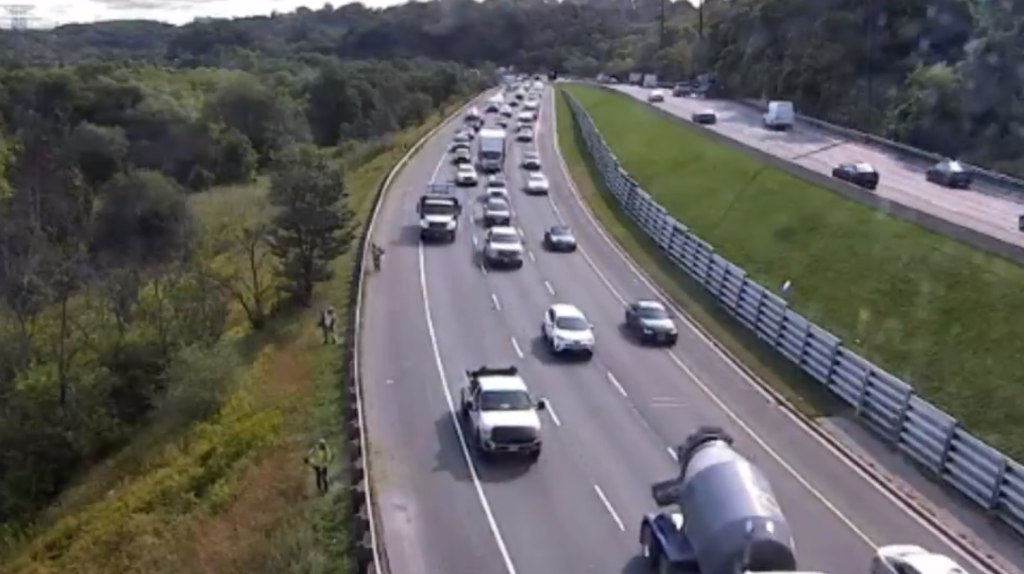City officials confident in flood preparedness projects
Posted February 26, 2020 7:20 pm.
Last Updated February 26, 2020 9:13 pm.
The City of Toronto, in conjunction with the Toronto and Region Conservation Authority, says it is working proactively to mitigate the impact of shoreline flooding this spring.
Mild temperatures may have made this winter season more tolerable but, coupled with increased rainfall, it has also increased the potential risk of flooding along the waterfront. Currently, Lake Ontario water levels are more than 12 centimetres above those recorded at the same time last year and record high levels are anticipated again this year.
In 2017, record water levels led to major flooding at a number of shoreline locations which resulted in $8 million in damages and the closure of the Toronto Islands to the public. More flooding and erosion across the city in 2019 meant more reactive measures before the federal government promised $12 million to help speed up projects aimed at protecting future events.
The city recently announced that “accelerated flood and erosion control work at Toronto Island Park and several waterfront locations” has begun. Among the projects is the construction of a beach curb at Ward’s Island, construction of a berm or an increase in the existing seawall’s height at Algonquin Island, construction of a natural barrier at the eastern beaches and drainage improvements to the Cherry Beach off-leash area shoreline.
TRCA director Moranne McDonnell says they’ve been working with the city on a long-term solution for Toronto Island since 2018, adding that over the next 10 years they will be working at approximately 80 sites along the shoreline, from Mississauga to Scarborough.
“We have kilometres of shoreline in our jurisdiction here at the TRCA so we’re helping the city with a number of waterfront parks,” she said. “We have five major projects underway right now that are in various stages of planning designing and construction.”
Richard Ubbens, the director of Parks with the City of Toronto, echoes McDonnell’s positive outlook adding that while sandbagging and pumping water has been effective in the past, focusing on infrastructure development is critical.
“What we’re doing now is, is undertaking some engineering work just to sort of figure out what we’re dealing with in terms of stability of some of the infrastructure that’s still there,” he said. “There’s always weather factors, you know, soft ground, and so on but the TRCA is able to undertake a lot of this work from the lake.”
In 2019, the federal government announced $11.9 million in funding for repair and enhancement projects through the Disaster Mitigation and Adaptation Fund, with the City contributing almost $18 million. To date, three projects have been completed as part of this work at Bluffers Park, Colonel Samuel Smith Park and Humber Bay Shores, and another four are expected to be completed at Bluffers Park, Sunnyside Park, Ashbridges Bay Park and Palace Pier in 2020.
The City, meanwhile, will continue to supply sand to island residents for sandbagging, ensure accessible roadways for emergency vehicles, and provide and service generators and pumps. Despite higher water levels in 2019 than 2017, the city says its proactive measures were effective in reducing flooding impacts and the Island remained open.
Island residents had a meeting last Sunday to talk about who would take on what responsibilities should there be more flooding. There’s another meeting scheduled for March 3 with public officials to find out what they are doing as well.










